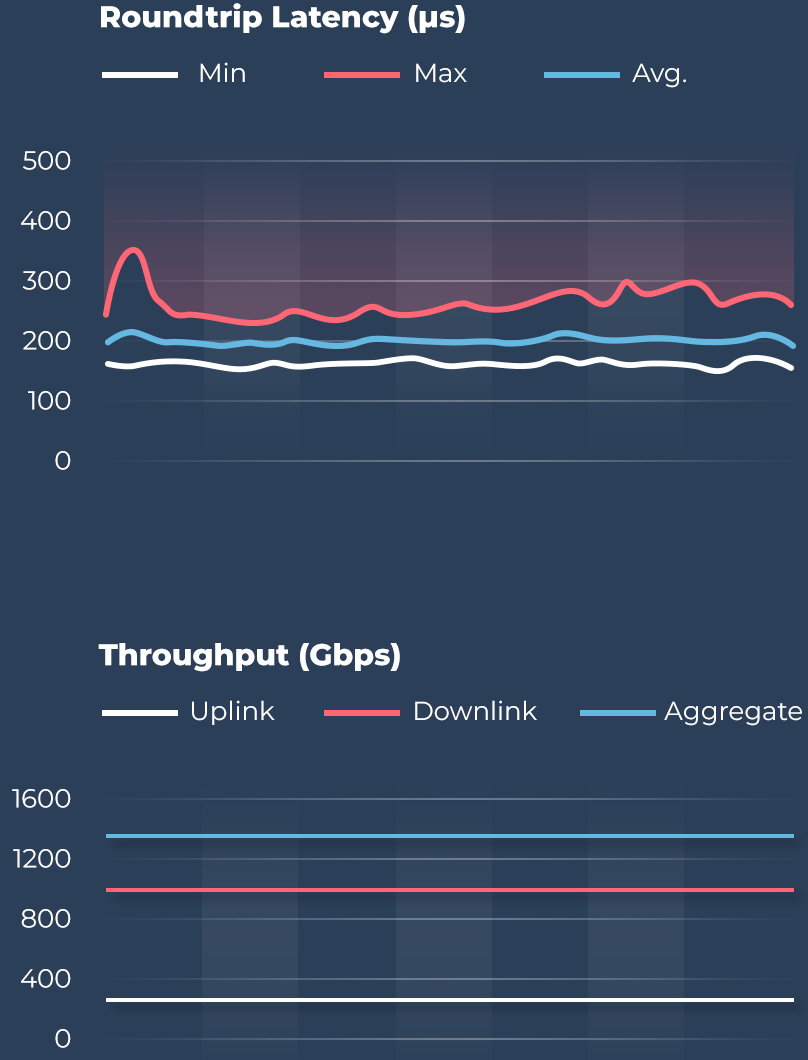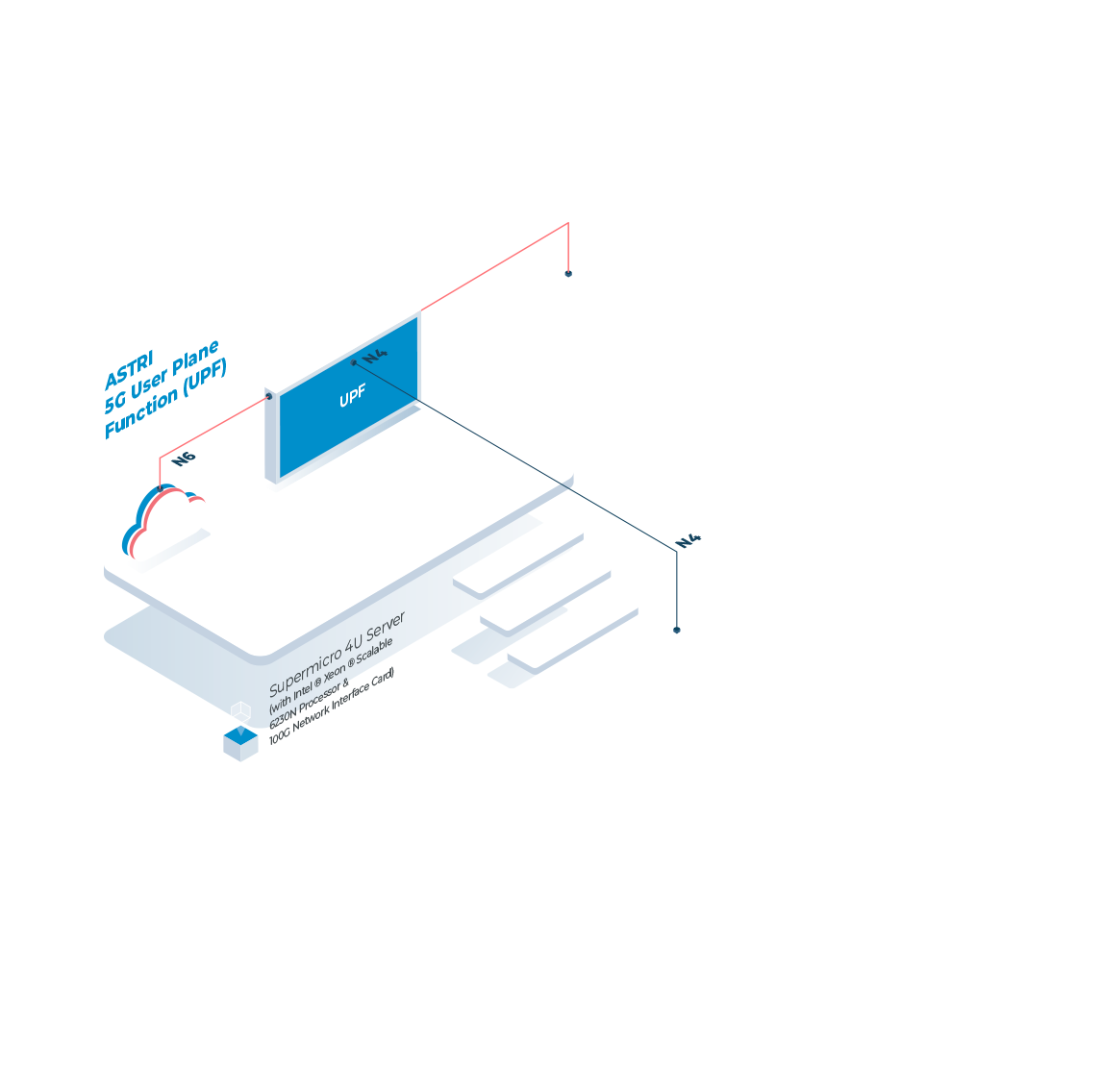This year, ASTRI achieved a significant milestone in the field of commercial, high-performance 5G core networks. Together with technology giant Intel Corporation and United States-based IT firm Supermicro, ASTRI demonstrated a groundbreaking traffic volume of 1.3 Tbps throughput performance on a 5G core network.

This marks a considerable increase from the 200 Gbps throughput demonstrated just last year on the high-performing 2U architecture servers. At the Mobile World Congress (MWC) Shanghai 2019, the companies showcased the 5G standalone (SA) core network and edge artificial intelligence for vehicle-to-everything C-V2X technology.
But it didn’t come easy. The achievement was the result of years of teamwork between ASTRI and Intel, and we overcome many challenges in research and development efforts to drive forward and optimise 5G technology. According to ASTRI’s Networking Software Director Alex Mui, it was only within the last two to three years that the companies began focusing on 5G SA core network - and the results have been extraordinary.
This year’s 1 Tbps breakthrough will be able to deliver higher throughput, higher speeds with lower latency to better support 5G wireless infrastructure and diversified services with higher traffic volume and data rates. Better yet, it’s scalable and able to cater to flexible and varying performance scenarios as well as customer needs.
After initially hitting a bottleneck in terms of scaling out, by working together, ASTRI and Intel found a solution. By using ASTRI’s 5G core User Plane Function (UPF) which delivers high network throughput to leverage Intel’s Dynamic Device Personalisation (DDP) capability for packet distribution, ASTRI and Intel were able to efficiently scale out to different CPU cores.

As Alex said during Intel’s Chit Chat podcast series, together with enhancements to the network cards, they looked to focus on the two “extreme configurations” in the 5G core produced a solution that would allow them to scale down or scale up and deliver a
“good and amazing performance”











